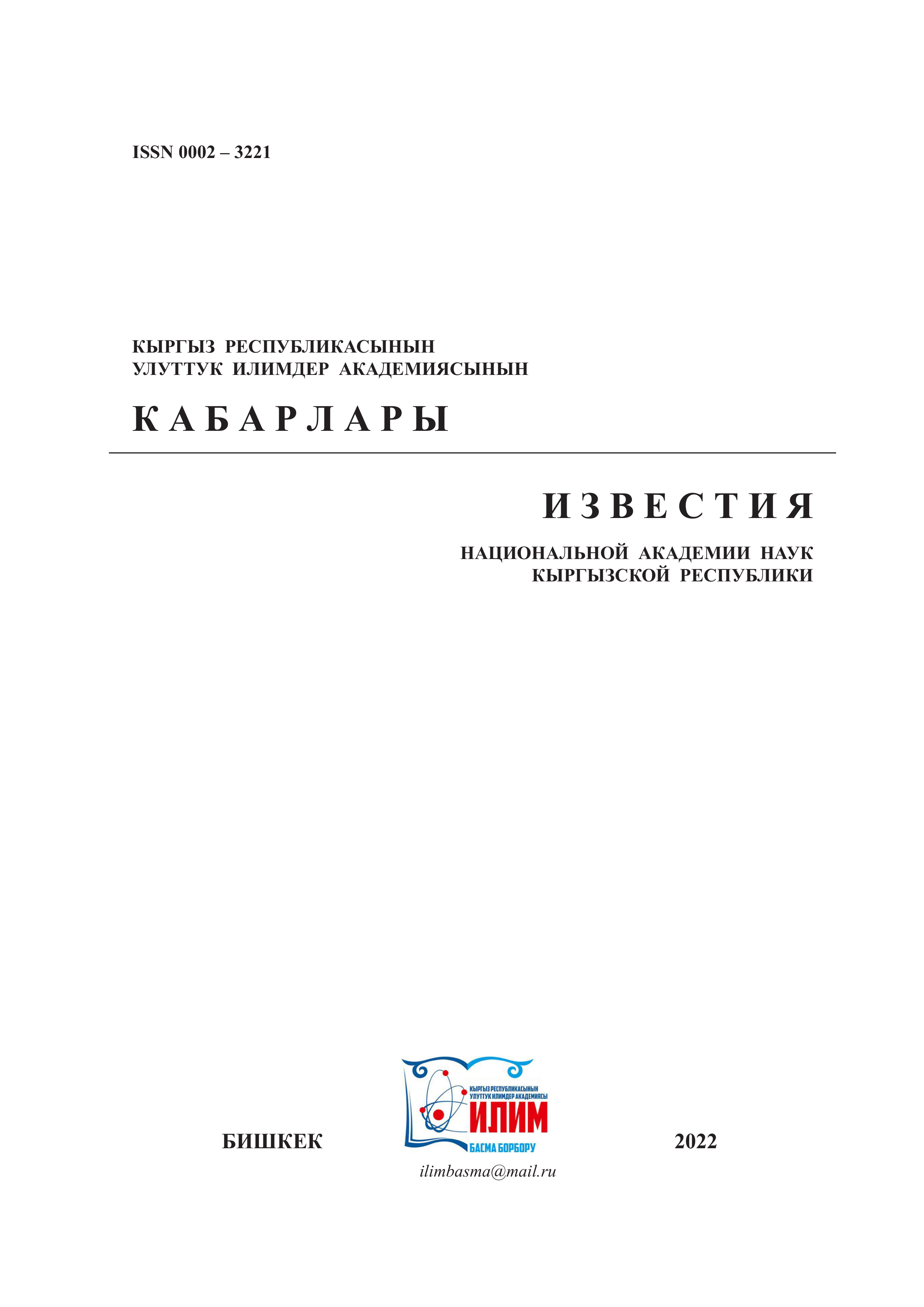LEVELS OF HIF1A IN THE BLOOD OF VOLUNTEERS UNDER CONDITIONS OF 100-DAY NORMOBARIC HYPOXIA
Keywords:
normobaric hypoxia, adaptation, HIF1α, preconditioning markers.Abstract
The aim of the study was to evaluate the content of HIF1α in the blood of healthy male volunteers, considered as a marker of adaptation to long-term exposure to subthreshold (harmless) levels of normobaric hypoxic hypoxia. Under special bench conditions, the state of normobaric hypoxia was simulated for 100 days, changing the composition of the gaseous medium from 20 vol.% to 12 vol.%. Clinical blood counts and HIF1α levels were studied in dynamics by enzyme-linked immunosorbent assay in 6 test volunteers. Clinically significant RBC Response to prolonged exposure to a normobaric hypoxic breathing mixture did not significantly change the erythrocyte response in volunteers. During the adaptation period (the first 30 days), the level of HIF1α in the blood progressively decreased, then (from day 45) it began to recover, and in the period of 60-100 days did not differ from the initial values. HIF1α in the blood can be considered as a marker of adaptation to long-term exposure to hypoxia, as well as a marker of the preconditioning effects of hypoxia.
References
Зарубина И.В., Шабанов П.Д. От идеи С.П. Боткина о «предвоздействии» до феномена прекондиционирования. Перспективы применения феноменов ишемического и фармакологического прекондиционирования // Обз. по клин. фармакол. и лек. терапии. – 2016. Т.14, No 1. С. 4-28. [Zarubina IV, Shabanov PD. From the S.P. Botkin’s idea of «preexposure» to preconditioning phenomenon. Perspectives for use of phenomena of ischemic and pharmacological preconditioning. Reviews on Clinical Pharmacology and Drug Therapy. 2016;14(1):4-28 (In Russ.)]. doi:10.17816/RCF1414-28.
Зарубина И.В., Нурманбетова Ф.Н., Шабанов П.Д. Антигипоксанты при черепно-мозговой травме. Спб.: Элби-СПб, 2006. С. 159. [Zarubina IV, Nurmanbetova FN, Shabanov PD. Antigipoksanty pri cherepno-mozgovoj travme. Spb.: Elbi-SPb; 2006. 159 р.(In Russ.)]
Любимов А.В., Иванов А.О., Безкишкий Э.Н. Оценка влияния длительного непрерывного пребывания в искусственной гипоксической газовоздушной среде при нормальном атмосферном давлении на функциональное состояние сердечно-сосудистой системы человека // Обз. по клин. фармакол. и лек. терапии. 2018.Т.16, No 3. С. 47–53. [Lyubimov AV, Ivanov AO, Bezkishkij EN. Assessment of the effect of long-term continuous Известия НАН КР, 2022, No6 43 stay in the artificial hypoxic gas-air environment at normal atmospheric pressure on the functional state of the cardiovascular system. Reviews on Clinical Pharmacology and Drug Therapy. 2018;16(3):47–53. (In Russ.)] doi: 10.17816/RCF16347-53.
Еma M, Taya S, Yokotani N, Sogawa K, et al. A novel bHLH-PAS factor with close sequence similarity to hypoxia-inducible factor 1α regulates the VEGF expression and is potentially involved in lung and vascular development. Proc Natl Acad Sci USA. 1997; 94(9): 4273–4278,.doi:
1073/pnas.94.9.4273.
Ensrud K, Grimm RH Jr The white blood cell count and risk for coronary heart disease. Am Heart J. 1992;124(1):207–213. doi:10.1016/0002-8703(92)90942-O.
Horne BD, Anderson JL, John JM, et al. Which white blood cell subtypes predict increased cardiovascular risk? J Am Coll Cardiol. 2005;45(10):1638–1643. doi:10.1016/j.jacc.2005.02.054;
Jiang BH, Semenza GL, Bauer C, Marti HH. Hypoxia-inducible factor 1 levels vary exponentially over a physiologically relevant range of O2 tension. Am J Physiol Cell Physiol 1996;271: C1172–C1180. doi: 10.1152/ ajpcell.1996.271.4.C1172.
Lee G, Choi S, Kim K, et al. Association of hemoglobin concentration and its change with cardiovascular and all-cause mortality. J Am Heart Assoc. 2018;7(3): e007723. doi: 10.1161/JAHA.117.007723.
Smith M, Arthur D, Camitta B, et al. Uniform approach to risk classification and treatment assignment for children with acute lymphoblastic leukemia. J Clin Oncol. 1996;14(1):18–24. doi:10.1200/JCO.1996.14.1.18.
Tian H, McKnight SL, Russell DW. Endothelial PAS domain protein 1 (EPAS1), a transcription factor selectively expressed in endothelial cells. Genes Dev. 2011: 72–82, 1997. doi: 10.1101/gad.11.1.72.
Wang GL, Semenza GL. Purification and characterization of hypoxia-inducible factor 1. J Biol Chem.1995;270:1230–1237. doi: 10.1074/jbc.270.3.1230.
Wiesener MS , Jurgensen JS , Rosenberger C, et al. Widespread hypoxia-inducible expression of HIF-2α in distinct cell populations of different organs. FASEB J. 2003:17(2): 271–273. doi: 10.1096/fj.02-0445fje.

